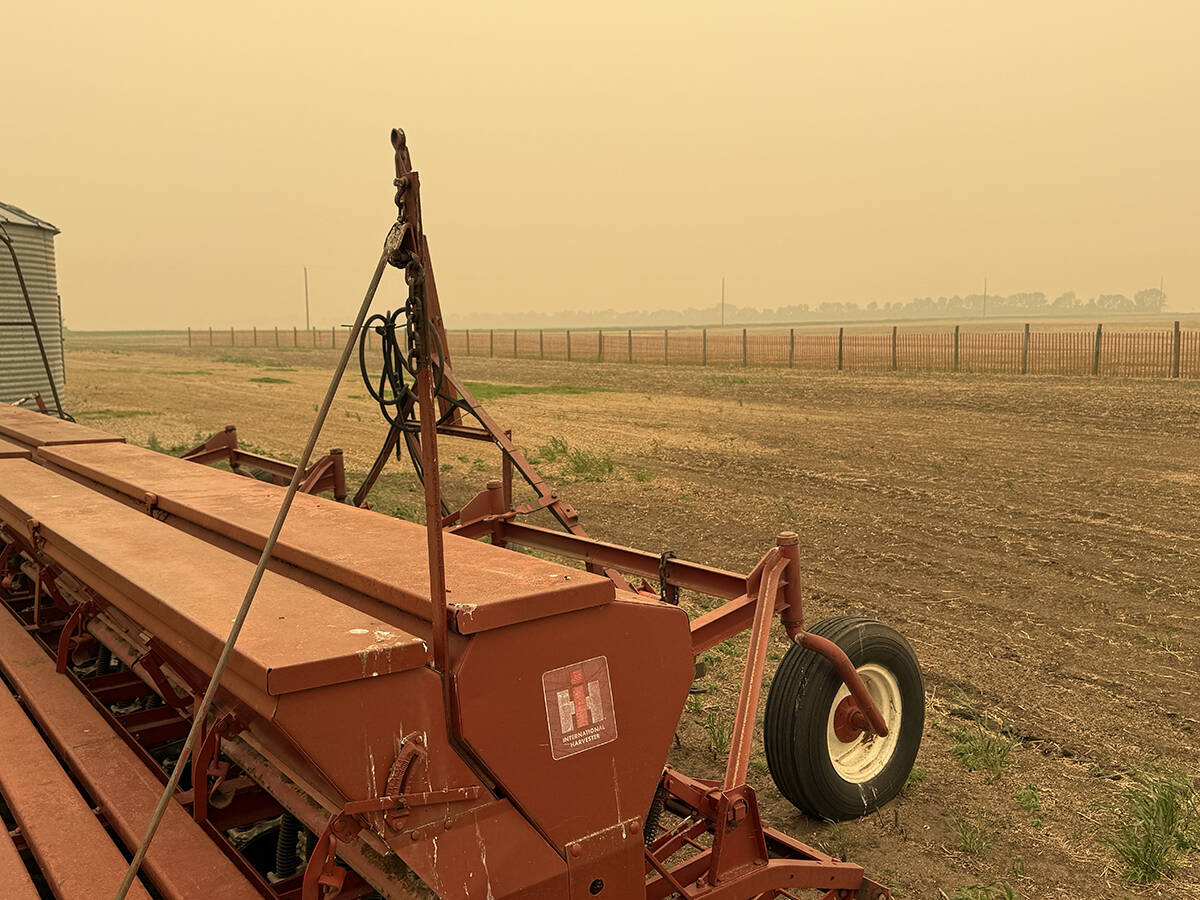The feed wheat market is in much the same boat as its cousin, feed barley.
Demand for feed wheat is slack. But farmers don’t have much left, meaning prices have softened, but haven’t bottomed out.
Ian Morrison, market strategist with Alberta Wheat Pool, said farmers in his province have more feed wheat left in their bins than their neighbors to the east. Alberta growers supply much of the British Columbia poultry market, but buyers there are booked up.
Morrison is advising Alberta growers to sign up Canada Prairie Spring red wheat and No. 3 CWRS wheat to the “C” series wheat board contracts by the Feb. 27 deadline.
Read Also

Wildfires have unexpected upside this year
One farmer feels smoke from nearby wildfires shrouded the July skies and protected his crop from the sun’s burning rays, resulting in more seeds per pod and more pods per plant.
“Then at least you’re going to move it, and I think the board price will be pretty good,” he said.
Charlie Pearson of Growers Marketing Services said farmers on the eastern Prairies should be able to move some small volumes of feed wheat into Eastern Canada.
March or May feed wheat futures prices over $170 per tonne with a narrow basis would be competitive with the wheat board’s pool return outlook, he said.
Brenda Brindle, of Kenagra Management Services, said current values should hold steady in the short term because of tight stocks.
“The more and more you move into spring, the more and more the market’s affected by what’s going to happen next year,” Brindle said.
She noted the U.S. winter wheat crop is in excellent condition.
But it’s smaller than usual. Any weather concerns, like late spring frost, could provide some pricing opportunities.
Brindle said she would divide inventory into three parts and sell some before seeding, some during May and save a bit for potential rallies in the summer.














